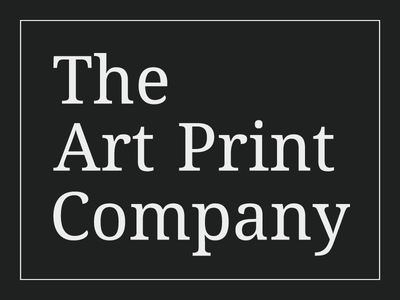Circles in a Circle by Wassily Kandinsky Abstract Wall Art Photo Poster Print
ROLLED PHOTO POSTER PRINTContact us if you require a custom size.
Printed using only high quality inks on gallery grade 280 GSM premium lustre photo paper with a semi matte/glossfinish to ensure a sharp vibrant image. The prints are trimmed to the edge of the image. Please add a note when ordering if you would like to add a specified white border to assist with framing.
(frame not included)Orders dispatched the next working day. Estimated UK delivery 1-2 days, international 8-10 working days or less.
Circles in a Circle by Wassily Kandinsky
Circles in a Circle (1923) by Wassily Kandinsky is a striking example of the artist’s mature Bauhaus period, where geometric abstraction becomes central to his visual language. This painting, composed primarily of circles intersecting and layered within a larger circle, reflects Kandinsky’s deep interest in the relationship between form, colour, and emotion. The work is defined by its clarity and structure, with a strong black circular boundary enclosing a complex, dynamic interior. Within this space, numerous multi-coloured circles—some transparent, others opaque—float and overlap, creating a sense of depth and movement. Diagonal black lines cut across the composition, adding contrast and emphasising directionality.
The piece represents Kandinsky’s belief that abstract art could express spiritual and emotional truths beyond what representational art could convey. By focusing on pure form, especially the circle, Kandinsky draws attention to what he considered a universal and harmonious shape. The circle, in his philosophy, symbolized the cosmic and the infinite, a recurring motif in his work. His use of vibrant colour and geometric precision in this painting reflects a synthesis of artistic intuition and rational structure—hallmarks of the Bauhaus movement with which he was deeply involved.
Circles in a Circle stands out not only for its visual impact but also for its theoretical significance. It exemplifies Kandinsky’s attempt to find a visual “language” in abstract form, where each element is carefully calibrated to evoke emotional resonance. The painting’s harmonious balance between freedom and order mirrors Kandinsky’s own quest to unify the spiritual and the scientific in art. Through this composition, he invites the viewer into a meditative, cosmic space, where simple shapes communicate complex, intangible ideas.




